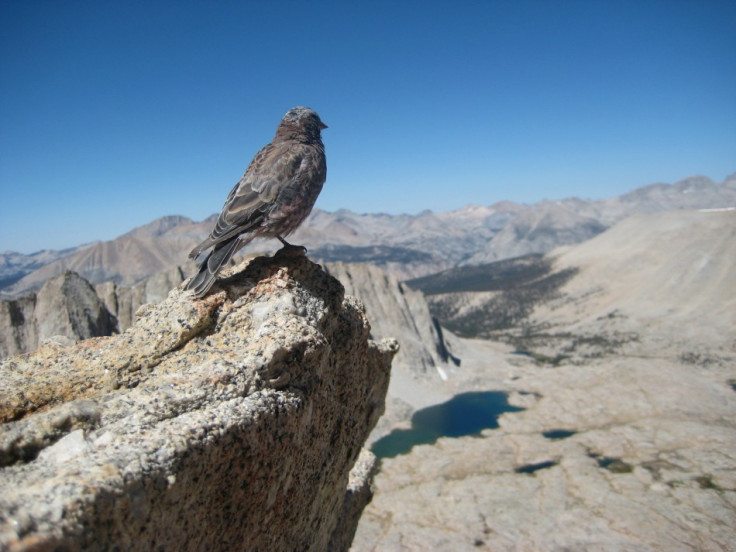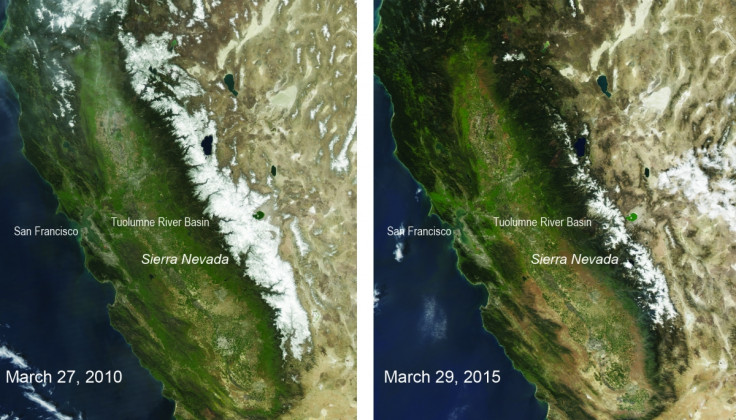California drought: Snow levels on Sierra Nevada Mountains reach record low

Global warming has taken its toll on the snowpack levels in California's Sierra Nevada mountain range as levels hit their lowest in almost 500 years. A report from the University of Arizona (UA) highlights "the extreme character of the 2014-15 winter" as a major cause for concern as the drought, which began in 2012, continues to plague the State.
Valerie Trouet, an associate professor of dendrochronology at the UA Laboratory of Tree-Ring Research, said: "Our study really points to the extreme character of the 2014-15 winter. This is not just unprecedented over 80 years - it's unprecedented over 500 years. We should be prepared for this type of snow drought to occur much more frequently because of rising temperatures. Anthropogenic warming is making the drought more severe."
The report, published in Nature Climate Change, says that the low levels of snow in 2015 originates from the record high temperatures in California for January, February, and March when 80% of snowfall typically occurs. Snowpack for the mountains is measured annually on 1 April when levels are typically highest, says Trouet.

Trouet said "Snow is a natural storage system. In a summer-dry climate such as California, it's important that you can store water and access it in the summer when there's no precipitation." First author Soumaya Belmecheri added: "This has implications not only for urban water use, but also for wildfires."
The researchers gathered the information on the snowpack by analysing previously published tree-ring data which reflected annual winter precipitation in the state from 1405 all the way through to 2005. Tree-ring data looks at the width of the rings, which reflects the winter precipitation.
They combined this data with snowpack measurements since the 1930s. Trouet continued: "There have been reconstructions of the drought conditions in California but no one's looked at the snowpack in particular."
© Copyright IBTimes 2025. All rights reserved.






















